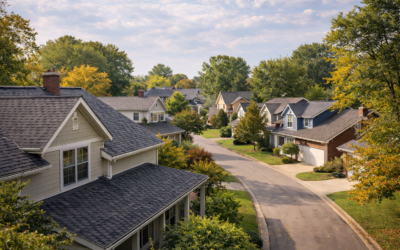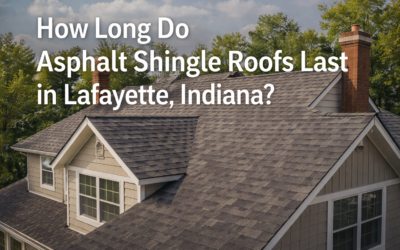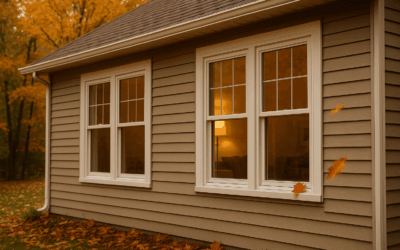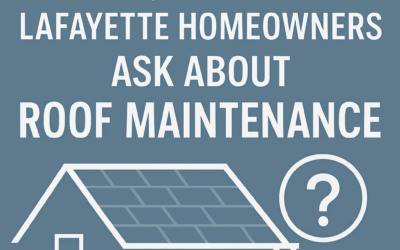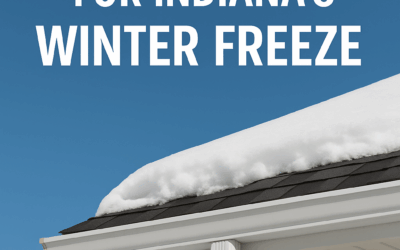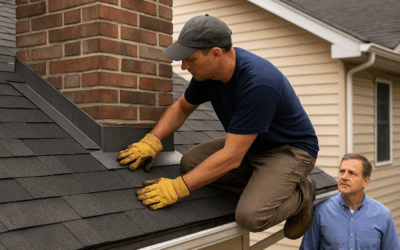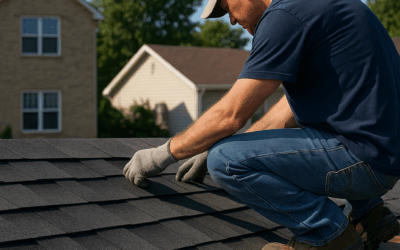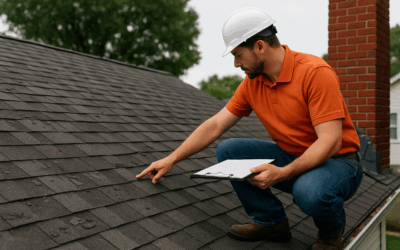Our Blog
Seasonal Roof Maintenance Checklist for Lafayette, Indiana Homeowners
A seasonal roof maintenance checklist for Lafayette, Indiana homeowners. Learn what to inspect in spring, summer, fall, and winter, plus when it’s time to call a professional roofer.
How Long Do Asphalt Shingle Roofs Last in Lafayette, Indiana?
Asphalt shingle roofs in Lafayette, Indiana typically last between 15 and 30 years. This guide explains how local weather affects shingle lifespan, common signs of roof wear, and how to know when replacement makes more sense than repair.
Expert Roof Repair & Replacement for Historic Properties
Historic homes in Lafayette deserve roofing work that protects both the structure and the story of the house. This guide explains why older roofs need specialized care, how we repair or replace them with period-appropriate materials, and what our process looks like from inspection through final walkthrough.
Why Fall Is the Best Time To Replace Old or Drafty Windows
Why Fall Is the Best Time To Replace Old or Drafty Windows As cooler weather rolls in, homeowners in Tippecanoe County often start noticing small changes inside their homes. A chill near the windows. A draft in the living room. A room that drops in temperature faster...
Top Questions Lafayette Homeowners Ask About Roof Maintenance
Indiana weather can take a toll on your roof, from heavy rain and wind to winter ice. In this article, Wabash Valley Exteriors answers the most common questions Lafayette homeowners ask about roof maintenance—how often to schedule inspections, when repairs are enough, and how to make your roof last longer.
Roof & Gutter Winter Prep Tips for Indiana Homes | Wabash Valley Exteriors
Freezing temperatures can wreak havoc on your roof and gutters. Learn how to prevent ice dams, leaks, and costly damage with simple maintenance steps from the experts at Wabash Valley Exteriors.
Why Preventative Home Maintenance Saves You Thousands
Don’t wait until your roof leaks or siding fails. Preventative maintenance catches small problems early, saving Lafayette homeowners thousands and extending the life of their homes.
Why Choosing the Right Contractor Matters More Than the Materials
Choosing a contractor matters more than the materials. Local pros protect their reputation, stand behind the work, and are there when you need support. See why Lafayette homeowners trust Wabash Valley Exteriors.
Storm Damage Doesn’t Have to Be a Battle With Insurance
Storm damage doesn’t have to be stressful. Wabash Valley Exteriors helps Lafayette homeowners handle insurance claims from inspection to approval, making the process simple and stress-free.


